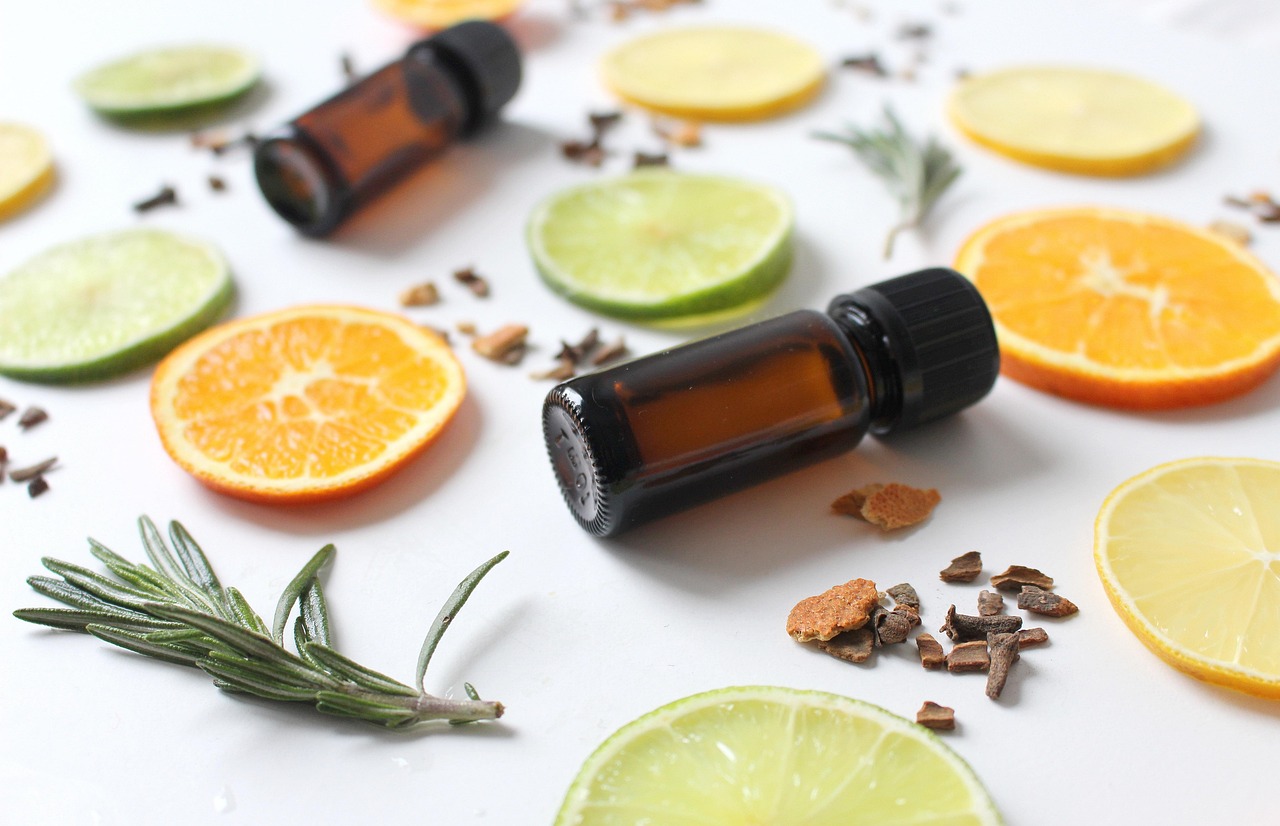Pinching annuals is a horticultural technique that encourages bushier growth and more abundant blooms. By removing the tips of young plants, gardeners stimulate lateral branching, leading to fuller foliage and increased flower production. This simple practice can transform your garden into a vibrant display of color.
Annual plants are popular choices for gardeners due to their vibrant colors and ability to bloom throughout the growing season. However, many gardeners may not realize the importance of pinching for enhancing the growth and appearance of these plants. Pinching involves the removal of the growing tips of a plant, which can significantly impact its overall health and flowering potential.
When you pinch back the tips, you encourage the plant to divert its energy from vertical growth to producing new branches. As a result, the plant becomes bushier, which not only looks more attractive but can also lead to more flowers. This technique is especially beneficial for certain types of annuals that tend to grow tall and leggy without intervention.
The timing of pinching is crucial. It is best done when the plant is still young, typically when it has developed a few sets of true leaves. This allows the plant to recover quickly and respond positively to the pinching process. Additionally, understanding the specific needs of different annuals can help in applying this technique effectively.
Benefits of Pinching Annuals

Pinching annuals offers several benefits that can enhance both their growth and visual appeal. Here are some key advantages:
- Encourages Bushier Growth: By stimulating lateral branching, pinching leads to a fuller plant.
- Increases Flower Production: More branches mean more opportunities for blooms, resulting in a more colorful garden.
- Improves Air Circulation: Bushier plants have better spacing, which helps reduce diseases caused by overcrowding.
- Enhances Plant Stability: A bushier base helps prevent tall plants from toppling over in windy conditions.
The best results from pinching come from understanding the specific needs of different annuals. Some plants thrive on regular pinching, while others may only need it once or twice during their growing season. For instance, plants like petunias and geraniums respond well to frequent pinching, while others like zinnias may require less frequent attention.
A common question among gardeners is how much to pinch back. Typically, you should remove about one-third of the stem length when pinching. This encourages new growth without damaging the plant. For those new to gardening or pinching techniques, it might be helpful to start with just a few plants and observe their response before applying the technique more broadly.
Additionally, it’s important to consider the overall health of your plants during this process. Healthy plants are more likely to rebound from pinching and produce an abundance of blooms. Ensure they receive adequate sunlight, water, and nutrients throughout their growth cycle.
Best Practices for Pinching Annuals
To maximize the benefits of pinching annuals, follow these best practices:
- Choose the Right Time: Pinch when plants are young and actively growing.
- Use Clean Tools: If using scissors or pruning shears, ensure they are sterilized to prevent disease transmission.
- Avoid Over-Pinching: Too much pinching can stress the plant; moderation is key.
- Monitor Plant Health: Keep an eye on your plants after pinching for signs of stress or disease.
Understanding these practices will help you achieve a stunning array of blooming annuals in your garden. The timing and technique of pinching can vary based on specific plants, so always keep an eye on how each variety responds.
Understanding Different Annual Plants
Before diving deeper into the pinching technique, it is essential to understand the various types of annuals that benefit from this practice. Each type has its unique characteristics, growth habits, and responses to pinching. Knowing these differences can help you tailor your approach for optimal results.
Common Types of Annuals
Here are some popular annual plants that are particularly responsive to pinching:
- Petunias: Known for their vibrant colors and trailing habits, petunias thrive when pinched regularly. This encourages them to spread out and bloom profusely.
- Geraniums: These hardy plants produce large clusters of flowers. Pinching helps maintain a bushy shape and enhances flower production.
- Zinnias: Zinnias are known for their bright blooms. Early pinching encourages branching and results in a fuller appearance.
- Marigolds: These cheerful flowers benefit from pinching as it promotes bushiness, leading to more blooms throughout the season.
- Snapdragons: Pinching snapdragons can help create a more compact plant and encourage additional flower spikes.
Timing and Techniques for Pinching
The timing and technique of pinching can significantly impact the effectiveness of the process. Knowing when and how to pinch will ensure you achieve the best results for your plants.
When to Pinch
The ideal time to pinch annuals is usually when they have developed at least two to four sets of true leaves. This stage indicates that the plants are strong enough to recover from the pinching process. Timing may vary slightly based on the specific type of annual you are working with.
How to Pinch
Pinching can be done using your fingers or with clean scissors. Here’s a simple step-by-step guide to effectively pinch annuals:
- Select the right stem: Look for the main growing tip of the plant.
- Use clean fingers or tools: If using scissors, ensure they are sterilized.
- Pinch just above a leaf node: Remove the tip of the stem, ideally above a leaf node, where new growth can emerge.
- Avoid excessive force: Gently pinch to remove the tip without damaging surrounding leaves or stems.
After pinching, it is beneficial to provide your plants with proper care. Regular watering and fertilization can support new growth and encourage blooming.
The Role of Fertilization After Pinching
Fertilization plays a crucial role in the recovery and growth of plants after pinching. Providing the right nutrients will not only help them bounce back but also support robust flower production.
Types of Fertilizers
When it comes to fertilizing your annuals, consider the following types:
- Granular fertilizers: Slow-release fertilizers can provide a steady supply of nutrients over time. Apply them according to the package instructions.
- Liquid fertilizers: These are great for quick nutrient absorption. Dilute according to instructions and apply every few weeks during the growing season.
- Organic options: Compost or well-rotted manure can enrich the soil naturally and improve overall plant health.
Always monitor your plants after fertilization. Signs of over-fertilization can include yellowing leaves or burnt leaf edges. Adjust your approach based on how your plants respond to ensure they thrive after pinching.

Pinching Techniques for Specific Annuals

Different annuals may require tailored pinching techniques for optimal results. Here are some specific strategies for popular annuals:
- Petunias: Pinch back every few weeks during peak growth for continuous blooms.
- Geraniums: Pinch back in early spring before blooming starts to encourage new growth.
- Zinnias: After the first set of blooms appears, pinch back to encourage a second round of flowering.
Understanding the unique needs of each annual can enhance your gardening experience and lead to a more vibrant garden filled with beautiful blooms.
Common Mistakes When Pinching Annuals
While pinching is a beneficial technique, gardeners can sometimes make mistakes that hinder plant growth or reduce flowering potential. Being aware of these common pitfalls can help you achieve better results in your garden.
Over-Pinching
One of the most common mistakes is over-pinchin,g which can stress the plants and stunt their growth. Pinching too many stems or doing it too frequently can lead to weak plants that do not recover well. It is essential to follow the recommended amount for each specific type of annual and monitor plant health after each pinching session.
Neglecting Plant Health
Another mistake is neglecting the overall health of the plants before pinching. If annuals are under stress due to lack of water, nutrients, or light, pinching can exacerbate these issues. Always ensure your plants are healthy before applying this technique. Healthy plants will respond better and produce more blooms.
Improper Timing
Timing is crucial when it comes to pinching. Doing it too late in the growing season can hinder blooming. Ideally, you want to pinch early enough to allow new growth to develop before the flowering phase begins. Each type of annual has its optimal pinching window; therefore, understanding your plants is vital.
Environmental Factors Influencing Pinching Success
Several environmental factors can influence how well your annuals respond to pinching. Being aware of these factors can help you create the best growing conditions for your plants.
Light Conditions
Annuals thrive in bright sunlight, and adequate light is essential for healthy growth. Insufficient light can lead to leggy plants that require more frequent pinching. Ensure your plants receive at least six hours of direct sunlight daily for optimal growth.
Watering Practices
Proper watering is another critical aspect to consider. Over-watering or under-watering can lead to stress and poor plant performance. It is essential to establish a consistent watering schedule that allows the soil to dry slightly between waterings. This encourages deep root growth and more resilient plants.
Soil Quality
The quality of the soil plays a crucial role in the success of your annuals. Well-draining soil rich in organic matter supports healthy root systems and overall plant vigor. Regularly amending your soil with compost or other organic materials can enhance its structure and nutrient content.
Using Pinching as Part of a Broader Gardening Strategy

Pinching should not be viewed in isolation but rather as part of a holistic gardening strategy. Combining this technique with other best practices can lead to remarkable results.
Companion Planting
Companion planting involves growing different plants together for mutual benefits, such as pest control and improved growth. Pairing annuals with complementary species can create a more diverse and resilient garden ecosystem. Some excellent companions for annuals include:
- Basil: Pairs well with many flowering annuals like tomatoes and peppers, helping to deter pests.
- Nasturtiums: These flowers attract beneficial insects while also repelling aphids and other pests.
- Marigolds: Known for their pest repelling properties, marigolds are great companions for various annuals.
Regular Maintenance
Incorporating regular maintenance tasks such as deadheading, watering, and pruning alongside pinching will contribute to vibrant and flourishing plants. Deadheading, which involves removing spent flowers, encourages more blooms and prolongs the flowering period.
Pest Management
Pest management should also be a part of your gardening strategy. Regularly inspect your annuals for signs of pests such as aphids or spider mites. Using natural pest deterrents or introducing beneficial insects can protect your plants and ensure they remain healthy enough to thrive after pinching.
Additional Tips for Successful Pinching
To further enhance your success with pinching annuals, consider these additional tips that can help refine your gardening techniques and ensure your plants thrive.
Observe Weather Conditions
Weather plays a significant role in plant growth and health. Pay attention to the forecast, especially during the pinching process. Avoid pinching during extreme heat or drought conditions, as plants may already be stressed. Wait until more favorable weather returns to minimize stress on the plants.
Experiment with Different Techniques
While traditional pinching is effective, experimenting with various techniques can lead to different results. For instance, some gardeners prefer using shears to make a clean cut rather than pinching. This method can be particularly effective for thicker stems. Additionally, consider varying the height at which you pinch back the stems to create unique shapes and growth patterns in your plants.
Document Your Results
Keeping a gardening journal can be a valuable tool. Documenting when you pinch each type of annual, along with the results, can provide insights for future gardening seasons. Note how different plants respond to pinching and any variations in blooming. This practice will help you refine your approach over time and become more adept at managing your garden.
Final Thoughts
Mastering the art of pinching annuals is an essential skill for any gardener seeking bushier plants and more abundant blooms. Understanding the unique characteristics of different annuals, as well as their specific needs regarding timing, techniques, and environmental factors, can significantly enhance your gardening experience.
By avoiding common mistakes such as over-pinchin,g neglecting plant health, or improper timing, you can create an environment where your annuals flourish. Integrating pinching into a broader gardening strategy that includes companion planting and regular maintenance will yield even more impressive results.
Ultimately, gardening is a journey of learning and experimentation. Each season presents new opportunities to try different techniques, observe plant behavior, and refine your practices. Whether you are a novice gardener or have years of experience, incorporating pinching into your routine can transform your garden into a vibrant tapestry of colors and textures.
With patience, observation, and care, you will witness the joyful transformation of your annuals into lush, blooming plants that bring beauty to your garden throughout the growing season.
